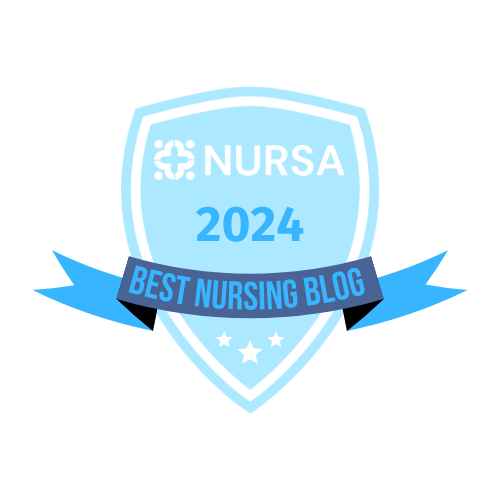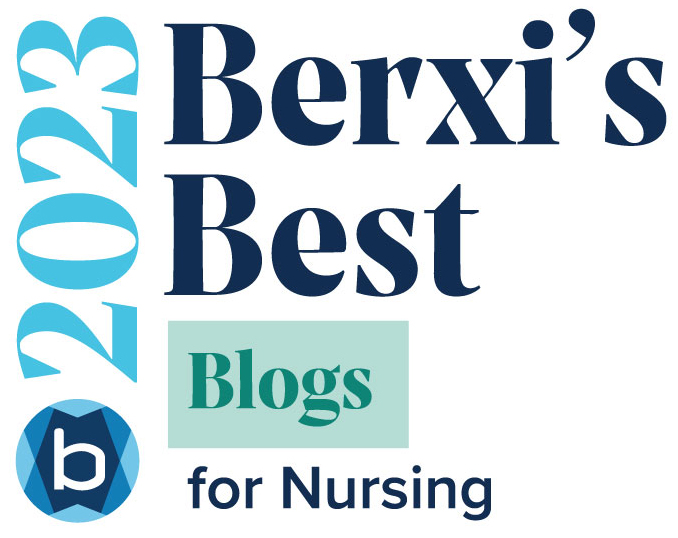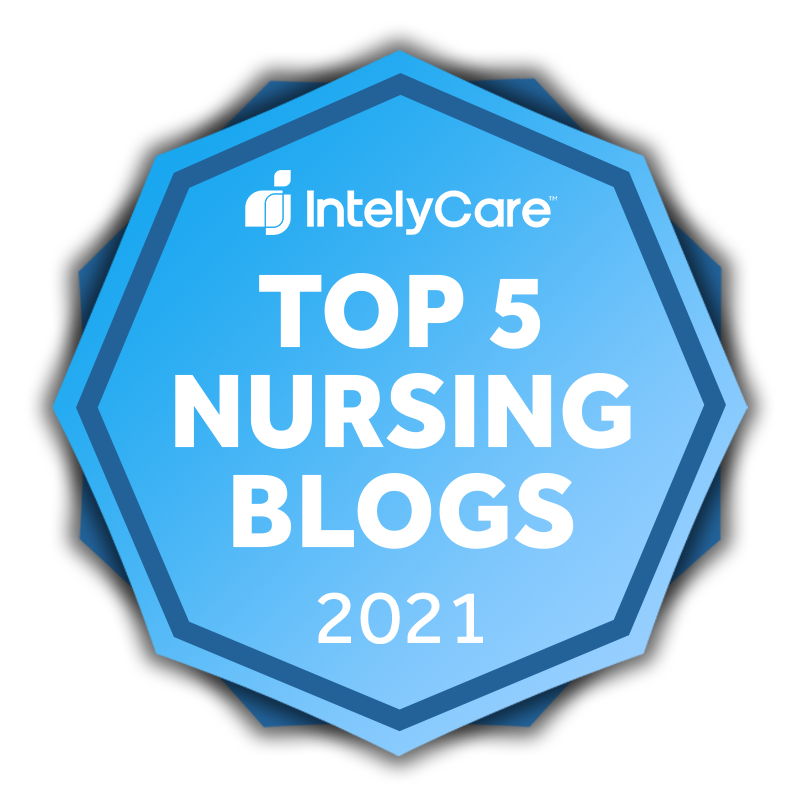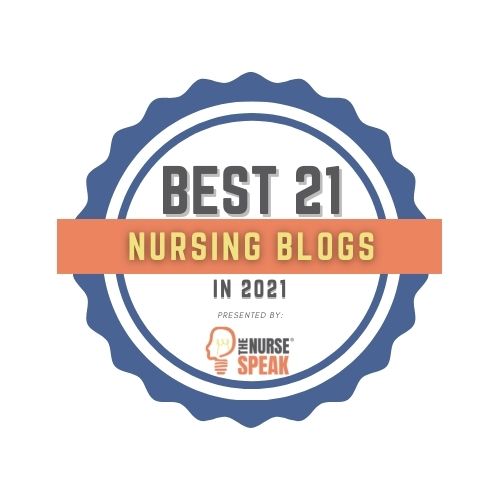
This post was originally published on Calling All Nurses– One of the greatest challenges in today’s rapidly changing healthcare system is maintaining the highest standards for patient safety. Last week, we talked about the issue of high patient turnover rates in nursing units. This week, we’ll focus on our final safety series issue that requires major nursing consideration for patient safety—alarm fatigue.
As nurses, we are bound by our oath to give quality care to every single one of our patients. As we enhance the delivery of our healthcare practices with high tech, state of the art electronics and devices, we’ve installed alarms to alert nurses of potential patient issues. However, in an already overwhelming and chaotic work environment, the extra noise may have a less than desirable effect when it comes to patient safety.
What’s the problem?
RING! BING! BEEP! BOOP! These are the sounds of a typical busy nursing unit. Though alarming (no pun intended) to someone less familiar with this environment, it becomes background noise to experienced nurses.
Thus, it’s easy for nurses to be so overwhelmed, distracted, or desensitized to the multiple alarms around them, they begin to experience what is called “alarm fatigue”. They respond by turning down the volume of the alarm, turning it off completely, or adjusting the alarm settings outside the limits considered safe and appropriate for the patient. All these can have serious, often fatal, consequences.
For example, according to The Joint Commission, “In 2013, a 60-year-old man died in an intensive care unit of a hospital—not from the injury he suffered to his head from a fallen tree branch—but from a delayed response to an alarm signal that indicated significant changes in his condition.”
What’s the reason?
First, it’s hard to differentiate between all the sounds going on in a nursing unit. Many medical devices in healthcare centers have alarms that sound similar: bedside physiologic monitors (including electrocardiogram or ECG machines), pulse oximetry devices, monitors of blood pressure, bedside telemetry, central station monitors, infusion pumps, and ventilators.
Second, it is near impossible for nurses to attend to every alarm sounded. Research shows that the number of alarm signals per patient per day can reach hundreds depending on the unit. This means thousands of alarms on every unit and tens of thousands of other noises throughout the hospital each day. Over 85% of these alarm signals are shown to be non-emergent, usually relating to electrode misplacement, or settings being too tight for the patient’s status.
What’s being done?
The Joint Commission has required that all healthcare facilities implement comprehensive policy reform regarding alarm fatigue and that they set strict guidelines for appropriate clinician responsiveness to alarms. Here are some of the plans already in progress:
- Improved clinician education—The American Association of Critical Care Nurses mandates initial and ongoing education related to patient care equipment and alarm response. This education includes proper technique for application of devices, alarm settings, and policies regarding appropriate response times and required documentation.
- Prevention of over-prescribing alarm producing monitoring equipment—The National Association of Clinical Nurse Specialists recommends that nursing take a collaborative approach at assessing the clinical indications for patient monitoring equipment, such as telemetry or continuous pulse oximetry when it is ordered by a care provider. In some instances, a patient with nausea and vomiting will be ordered for telemetry, although they do not meet criteria for a heart monitor during their inpatient stay. This should be discussed with the covering physician to determine need, thus possibly reducing the the incidence of alarm fatigue.
As we continue to work hard to increase patient safety and find resolution for alarm fatigue, I am confident that our devotion to upholding the highest standards of care will result in positive change for all.
